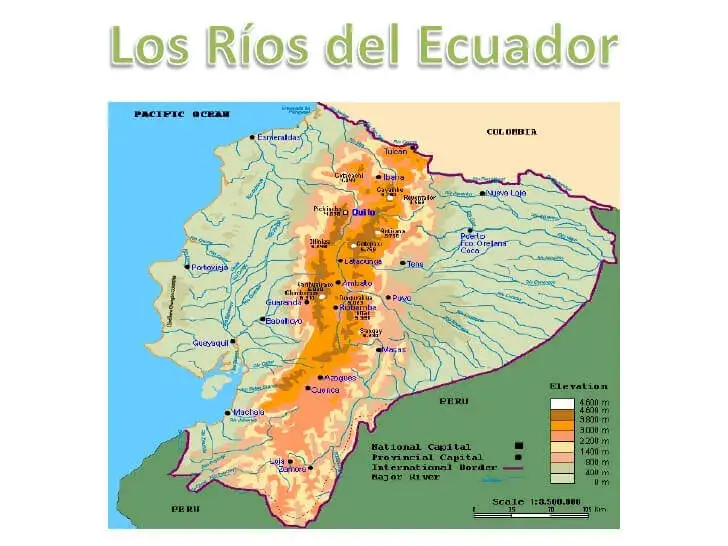Hospitals across Canada face COVID-19 ‘storm’
To slow the spread of COVID-19, provinces have closed schools, urged people to stay home and shut businesses to varying degrees — responses that differ with the degree of community spread in each place.
Tedros Adhanom Ghebreyesus, the World Health Organization’s director general, said Wednesday that staying home buys time and reduces pressure on health systems.
«Aggressive measures to find, isolate, test, treat and trace are not only the best and fastest way out of extreme social and economic restrictions — they’re also the best way to prevent them,» he said.
But the WHO doesn’t give specific recommendations on what businesses are essential, and because public health is a provincial responsibility, «essential» means different things in different parts of the country.
For example, Prince Edward Island originally ordered government-run liquor stores to close as part of social distancing efforts, while they remained open in Ontario. (And P.E.I. changed its decision on Wednesday.)
Dr. Lynora Saxinger, an infectious disease physician at the University of Alberta, called it a symptom of the Canadian system.
«I think it would be much better to have standardized understandings of what essential is and then people between provinces would not have to question, ‘Well, why do you consider a liquor store crucial?'» Saxinger said. «It is, from the point of view of public messaging and consistency, a bit of a weakness.»

Doctors and public health officials are bracing for an onslaught of new cases from people exposed before the border and social distancing measures began.
«It’s this kind of calm before the storm,» she said. «In other areas, we see the storm is starting. We have a more mature epidemic happening in B.C.»
Dr. Stephanie Smith, director of infection prevention and control at U of A, said given that it takes up to 14 days for symptoms of COVID-19 to appear, it is too early to tell how much of an effect the physical distancing measures and closures are having in Canada.
«It’s become very clear that the earlier you can institute these measures, the better off you’re going to be,» Smith said.
Like trying to gather up water with your hands
In Toronto, Dr. Michael Gardam is concerned people who feel well will relax on physical distancing measures.
«This is not something that we can relax after two weeks,» he warned.
Gardam, the hospital’s chief of staff and infectious disease physician, is scrambling to stockpile masks to protect his staff at Humber River Hospital.
He’s also trying to source ventilators and juggle teleconferences as people question plans based on the results of the latest COVID-19 study from across the globe.
«It feels like you’re trying to gather up water with your hands,» Gardam said. «For those of us in health care its hell. We haven’t hit our surge yet. People are already tired and it hasn’t started.»

Dr. Saverio Stranges, a professor of epidemiology at Western University is watching the pandemic unfold in London, Ont., and his own birthplace — Italy.
«If we start from the assumption that everyone can be potentially infected now, then we will be able to embrace these measures of social distancing,» he said.
The Italian experience with COVID-19 is extremely dramatic, he said, with intensive care physicians facing agonizing life-and-death decisions in overrun hospitals. Morgues are piling up with victims of the pandemic.
By contrast, South Korea and Taiwan have been able to scale up testing and tracing contacts of those who are infected.
Stranges said such measures are crucial in containing an outbreak like COVID-19 that spreads in the community.
But in Western countries, the number of cases are underestimated because only those with clear symptoms are tested.
Compared with Italy, Stranges sees an advantage in Canada’s vast geography.
«A good number of people live in detached homes, as opposed to Italian or European countries where the vast majority of people live in apartment buildings,» he said. «That is an important difference.»
Stranges said he didn’t want to generalize, but noted that Italy and Canada also tend to differ in family structures in terms of grandparents living with their children.
People over the age of 65 face an increased risk of death from COVID-19 compared with other age groups, although everyone is susceptible in a pandemic.
He estimated that as of a few days ago, Canada was about 17 days behind Italy in terms of the epidemic curve of growth of new illnesses.
That means the worst moments of the outbreak in Canada may still lie ahead.
«This is the time when we need to comply with this measure of social distancing,» Stranges said.






